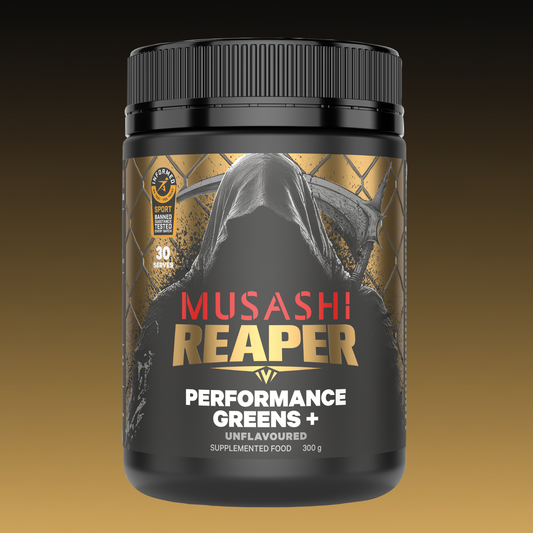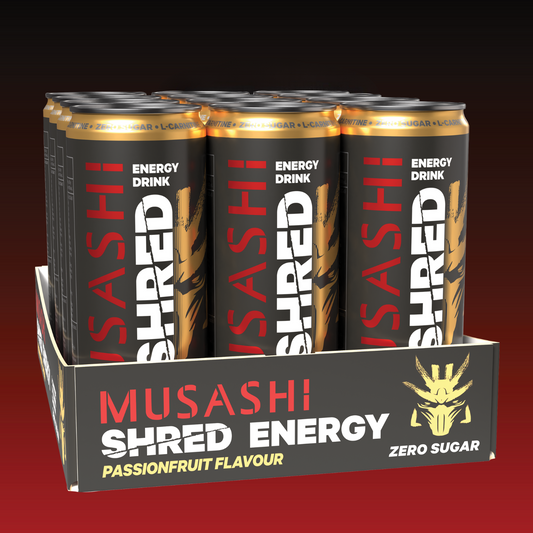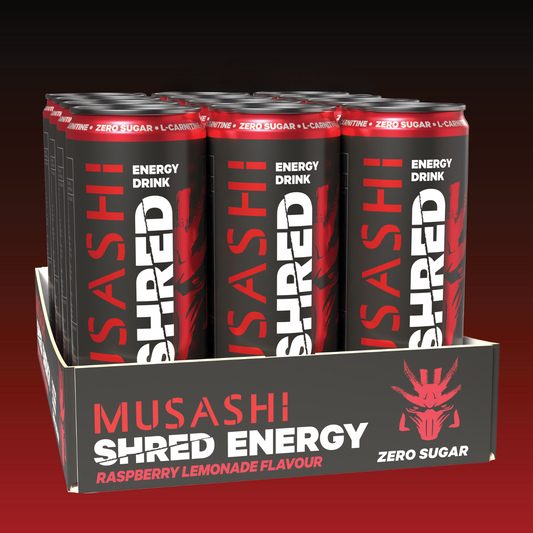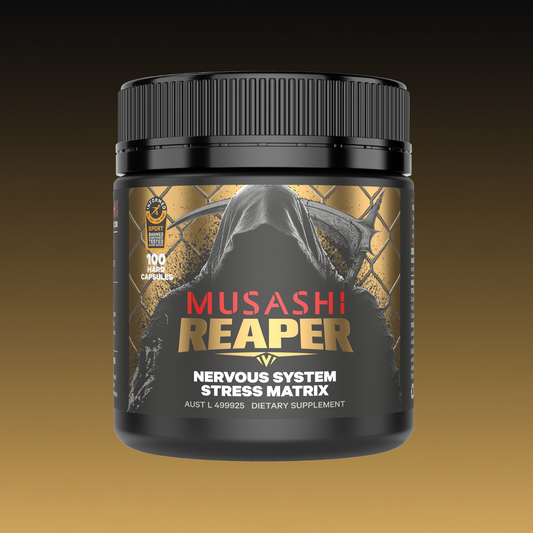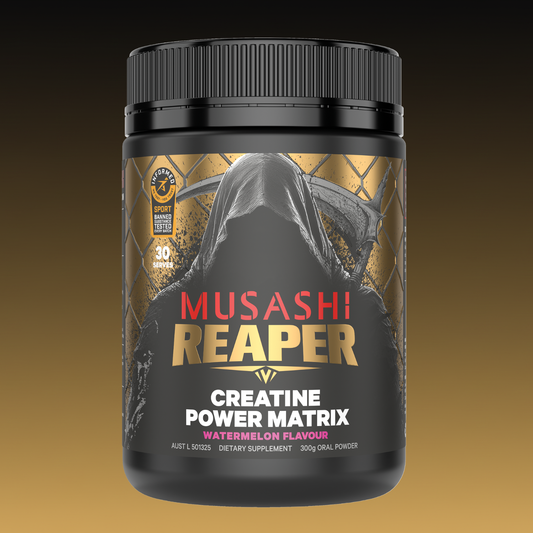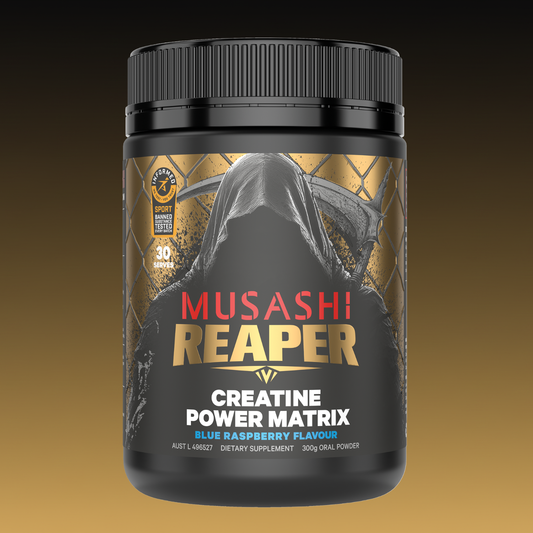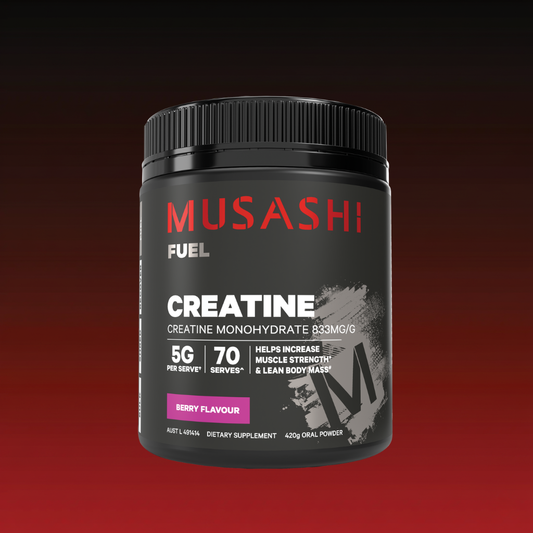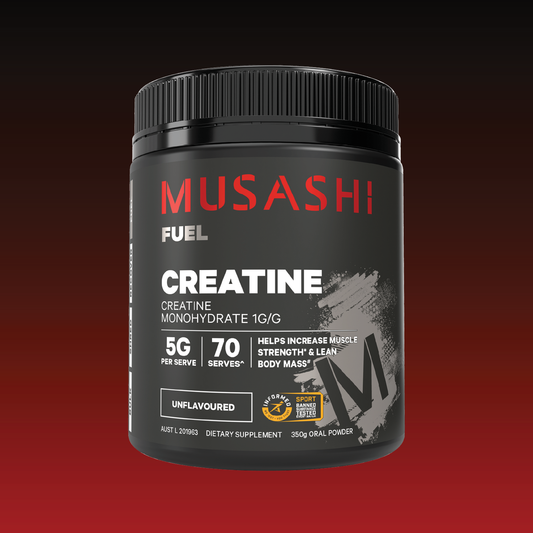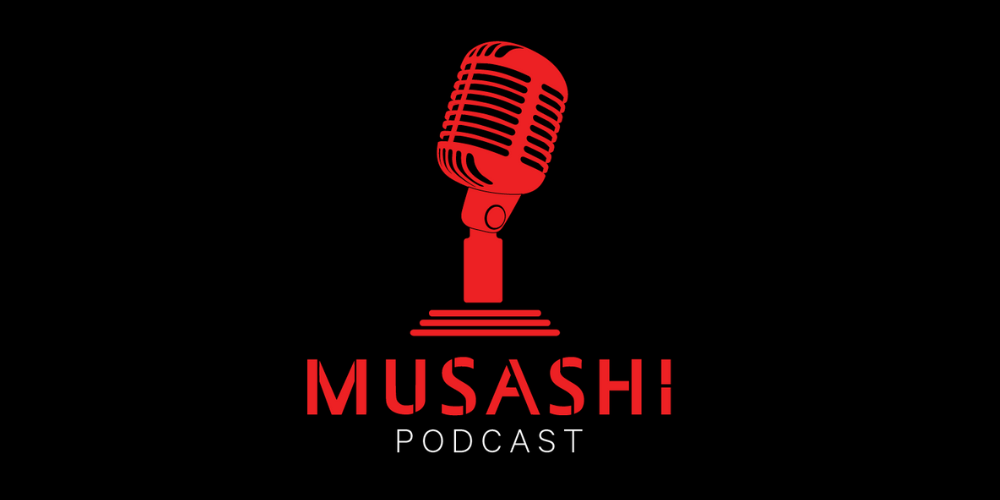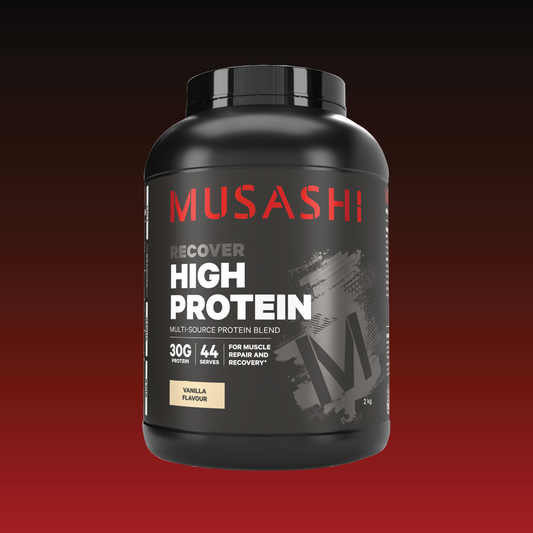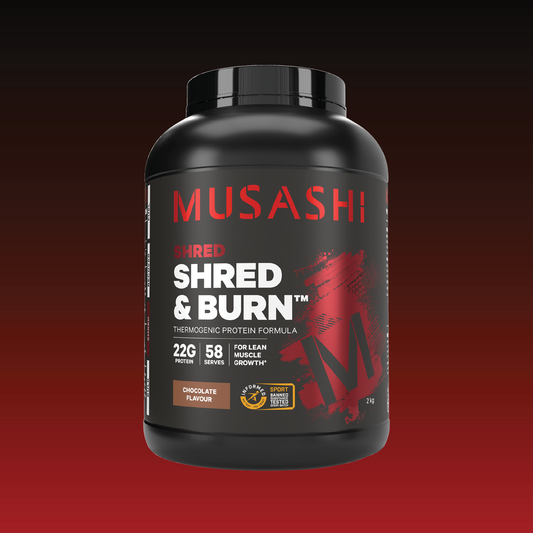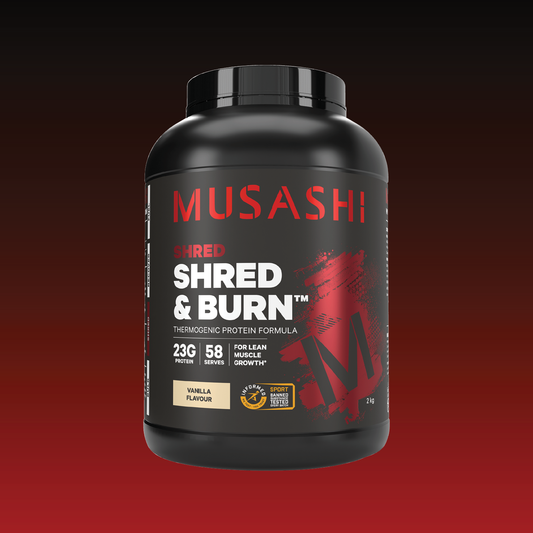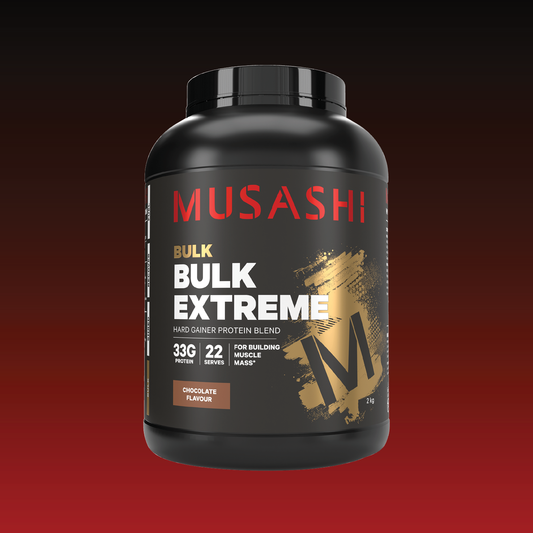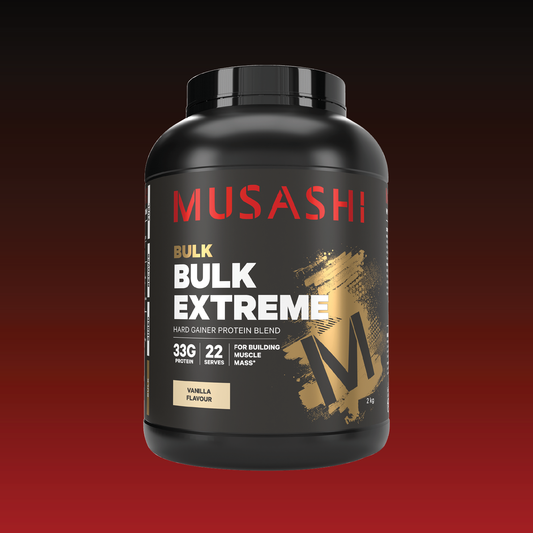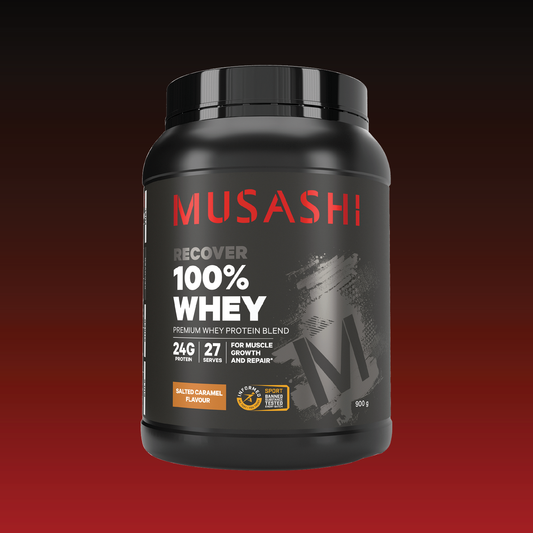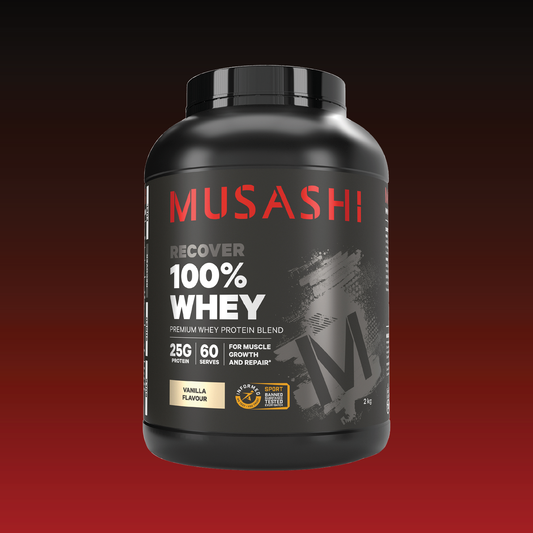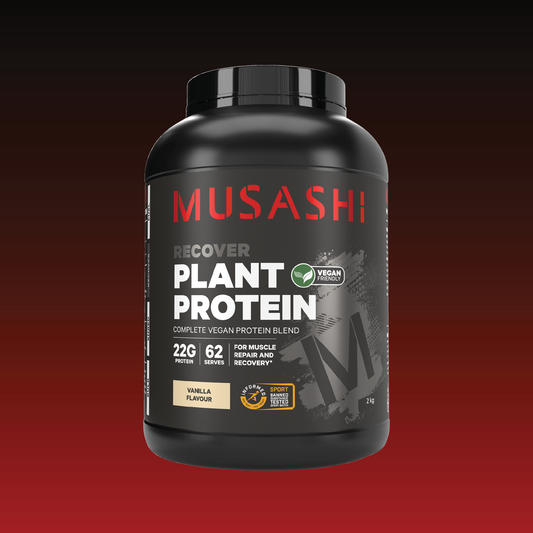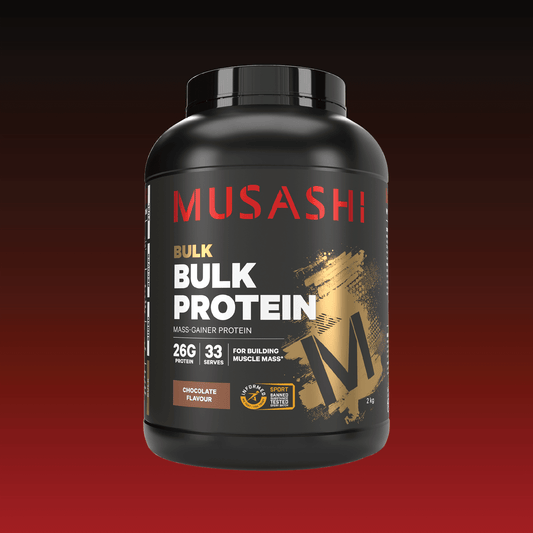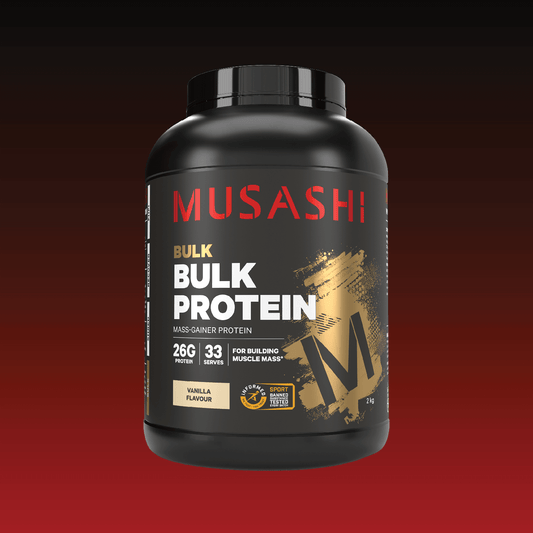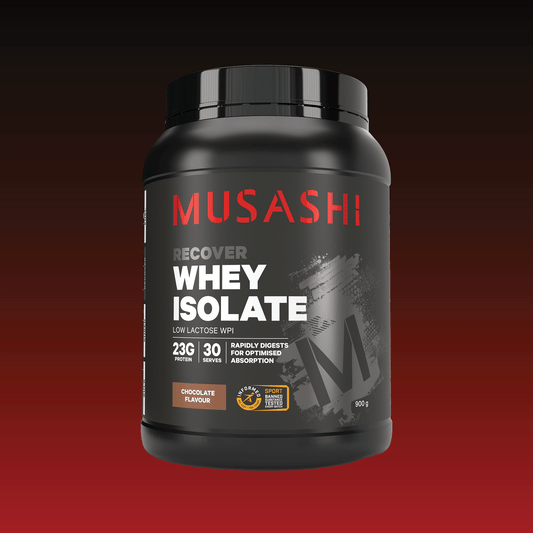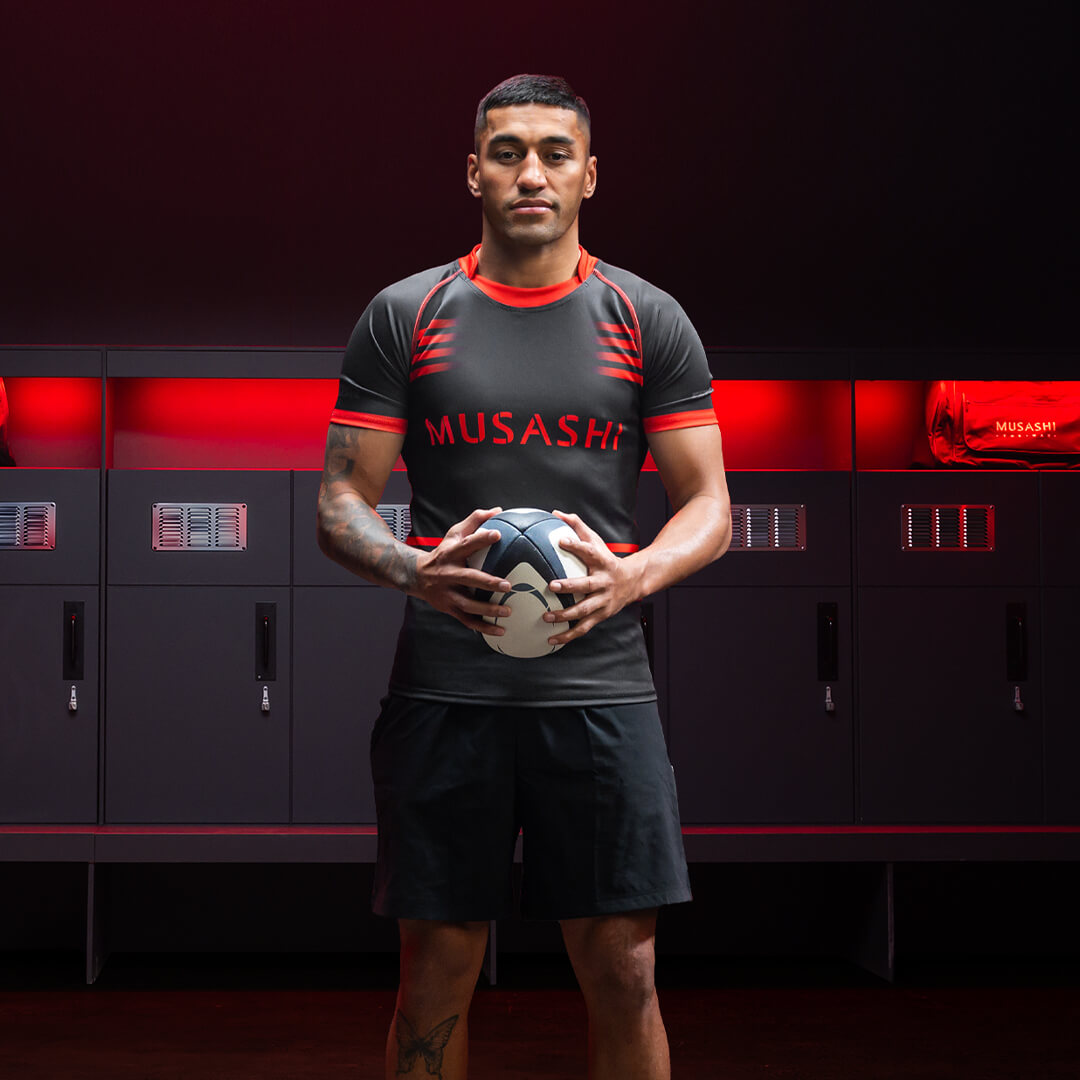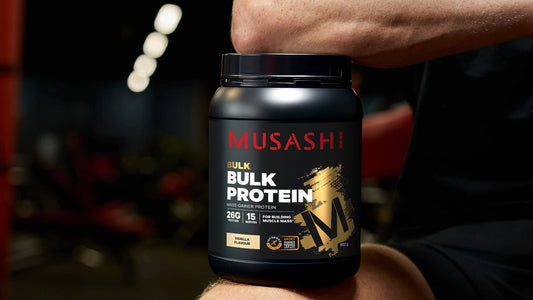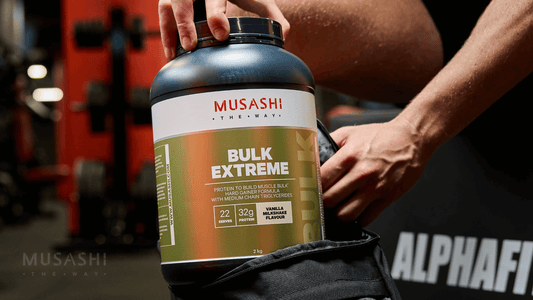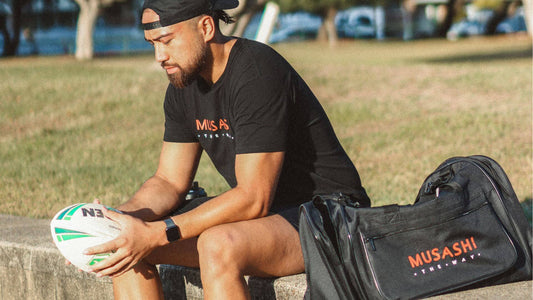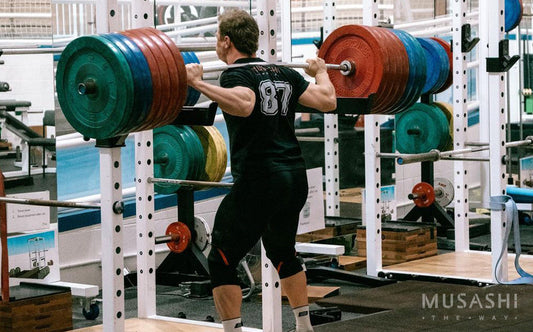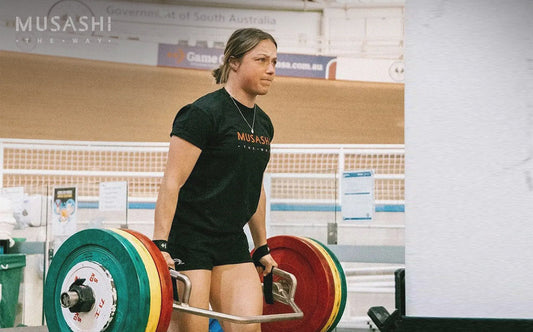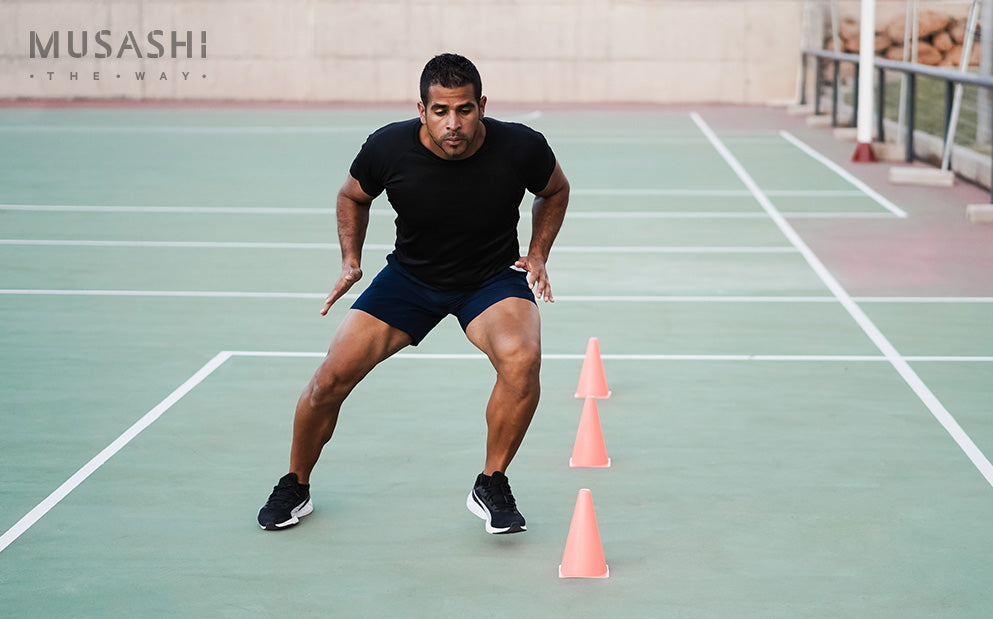
What is Periodisation?
Breaking down your long-term training goals into manageable phases is known as Periodisation. We all want to improve our performances long-term and to peak at a specific event. Through periodisation coaches implement training techniques modifying variations of exercise volume, intensity, time and type within training periods - referred to as training cycles.
Olympic athletes train for events during the preceding 4 years and would be unable to train at the same intensity for the whole period. If they did, they would burn out or sustain various injuries along the way. To continually increase fitness levels year after year, training programs need to be planned and rest periods implemented.
What Are the Three Training Cycles?
There are three training cycles, macro-cycle, meso-cycle and micro-cycle. An AFL or rugby team will plan to train for a grand final at the seasons end - this is referred to as a macro-cycle. This macrocycle will cover the overall training schedule and this is further broken down into mesocycles, a series of training blocks of say 6-8 weeks. Planning for short-term training goals allow athletes to achieve milestones while always keeping the 'bigger picture' in mind. These cycles of training also align with pre-season, during-season and finals. These training cycles are further broken down into micro-cycles lasting between 1-4 weeks. This is the shortest training cycle and where most of the training variations take place.
The athlete will focus on daily or weekly training variations (i.e. it is the fitness program the athlete follow). All athletes have different goals, motivators and targets. Hitting the gym 7 days a week is not what makes you stronger, it is rest, recovery and nutrition that follows training that helps your body get fitter and stronger. Adapting to different tasks and formats is key to improving performance. Following a periodised training plan will help you to factor in appropriate rest periods along with structured training peaks. When you train hard, you naturally tear muscle; when you rest and eat quality protein post-training, muscles repair and get stronger.
There is evidence to suggest that the greatest increases in protein requirements occur in the early stages of a new exercise program or a new level of exercise stress (for example, a change in the type, volume or intensity of training). Therefore, nutritional programs should be revised and adapted along with your training cycles.
Supplementation provides a practical and convenient way to consume protein, especially when everyday foods are not available or tolerated around training. Musashi 100% Whey provides a great level of protein to support increased protein needs at the start of a new program. Musashi Bulk helps to provide an all-round recovery protein, providing both protein and carbohydrates to replenish energy lost through exercise.
